We may earn money or products from the companies mentioned in this post. This means if you click on the link and purchase the item, I will receive a small commission at no extra cost to you ... you're just helping re-supply our family's travel fund.
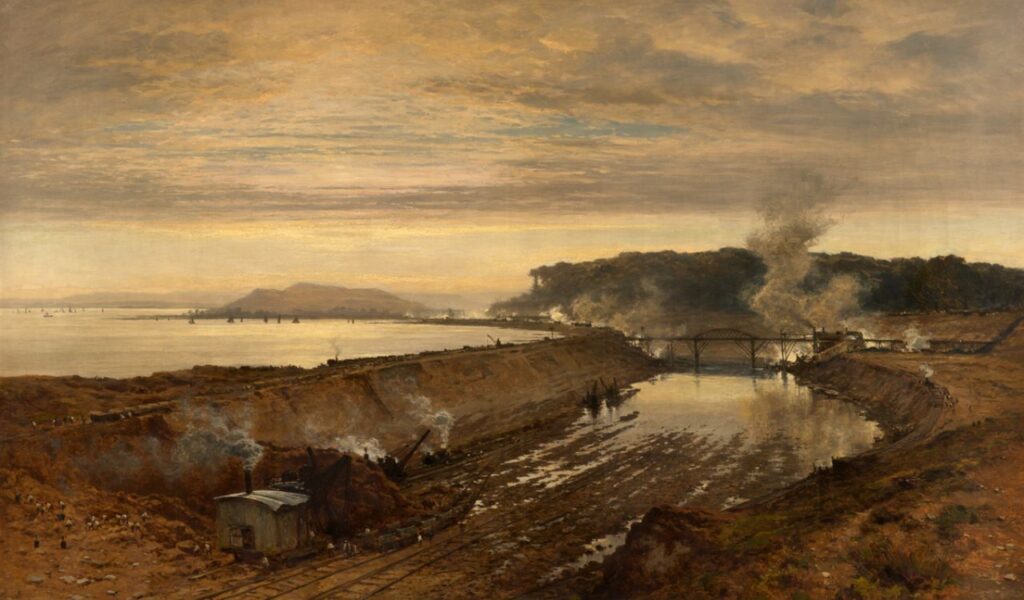
Before the widespread use of trains and highways, canals were essential to the Industrial Revolution. They transported coal to factories, raw materials to workshops, and finished products to ports. These waterways helped connect towns, reduced transportation costs, and opened up new markets. In this way, canals played a key role in Britain’s transformation into the world’s first industrial nation. Here are eight canals that had a significant impact during that era and continue to leave their mark today.
Sankey Canal
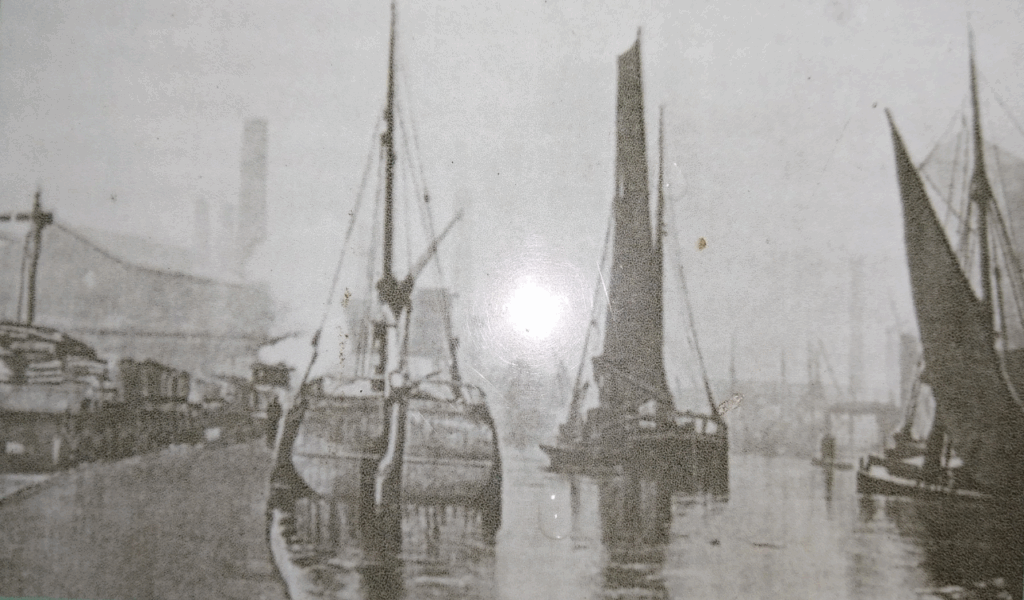
First opened in 1757, the Sankey Canal is often regarded as Britain’s original industrial canal. It was created to transport coal from mines near St Helens down to the River Mersey, ensuring a dependable and affordable fuel supply for local industry and communities. The effectiveness of the Sankey Canal convinced others that artificial waterways could dramatically cut costs and speed up the movement of goods, inspiring further canal development.
Bridgewater Canal
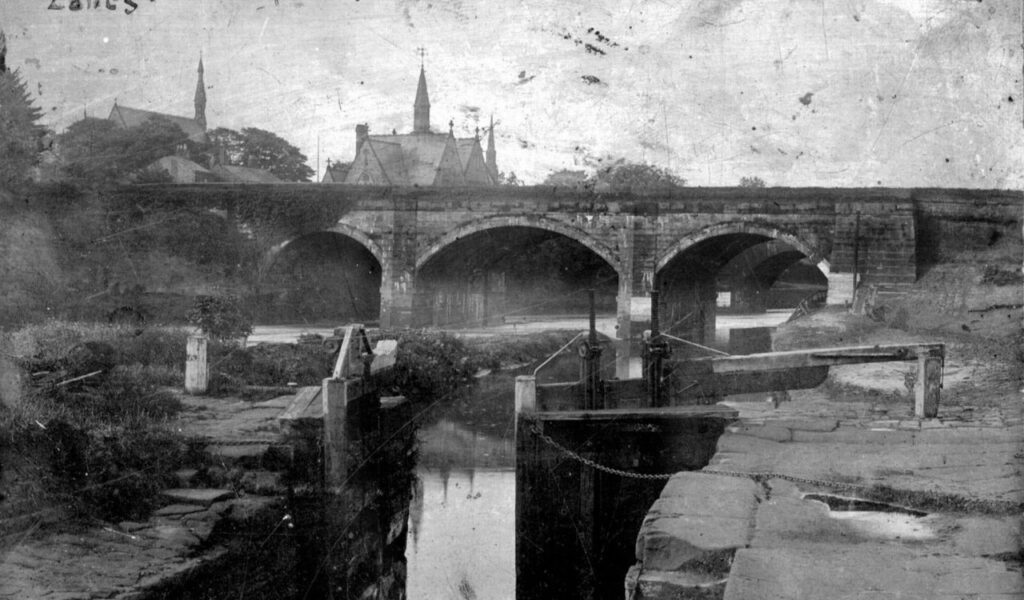
Launched in 1761, the Bridgewater Canal was a remarkable success. It delivered coal directly from the Duke of Bridgewater’s mines to Manchester and led to a significant drop in coal prices in the city. The canal’s success encouraged investors and sparked a period of intense canal construction across Britain, often referred to as Canal Mania. The Bridgewater Canal did more than move cargo; it reshaped urban growth and industrial development in the region.
Trent and Mersey Canal (historically called the Grand Trunk Canal)
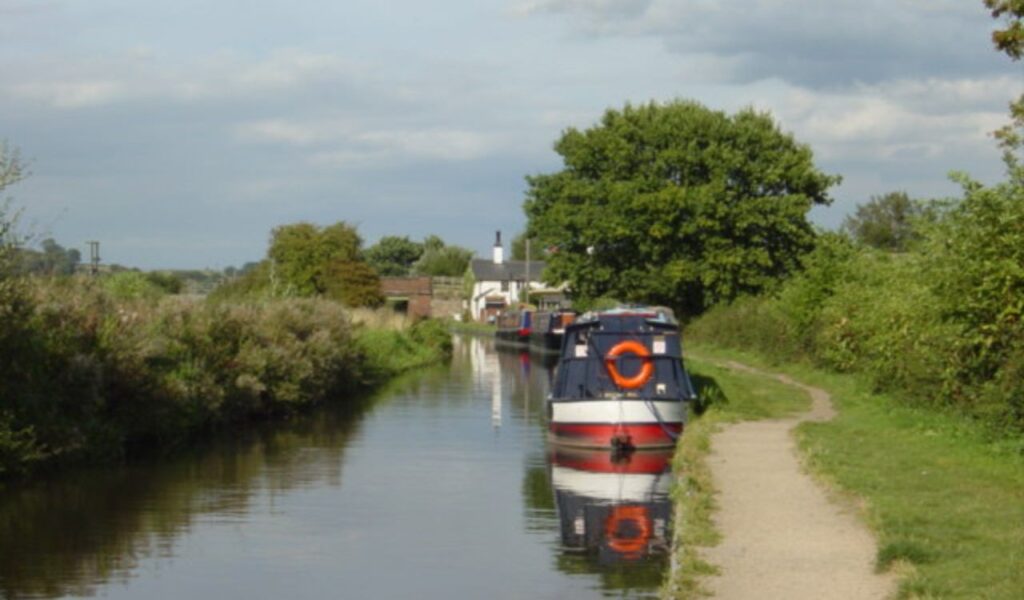
Completed in 1777, the Trent and Mersey Canal (sometimes called the Grand Trunk Canal) linked the River Trent and the River Mersey, connecting the Midlands with the broader national network. It was instrumental in carrying pottery from Stoke, salt from Cheshire, and manufactured goods from other Midlands towns to wider markets. This canal gave previously isolated towns direct access to regional trade, helping drive Britain’s rapid industrial expansion.
Leeds and Liverpool Canal
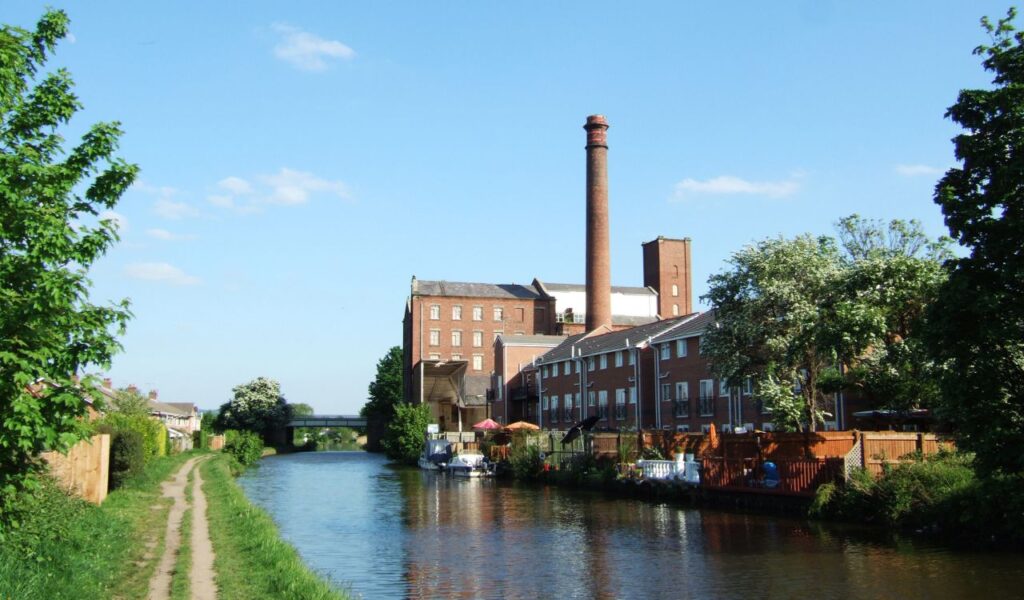
Stretching over 120 miles, the Leeds and Liverpool Canal is one of Britain’s longest canals. Construction spanned from 1770 to 1816. This waterway provided a direct route from Yorkshire’s textile-producing areas to Liverpool’s busy docks. Imported cotton could reach northern factories more efficiently, while finished cloth made its way to export markets. The canal became a vital supply line for northern England’s economy throughout the industrial period.
Thames and Severn Canal
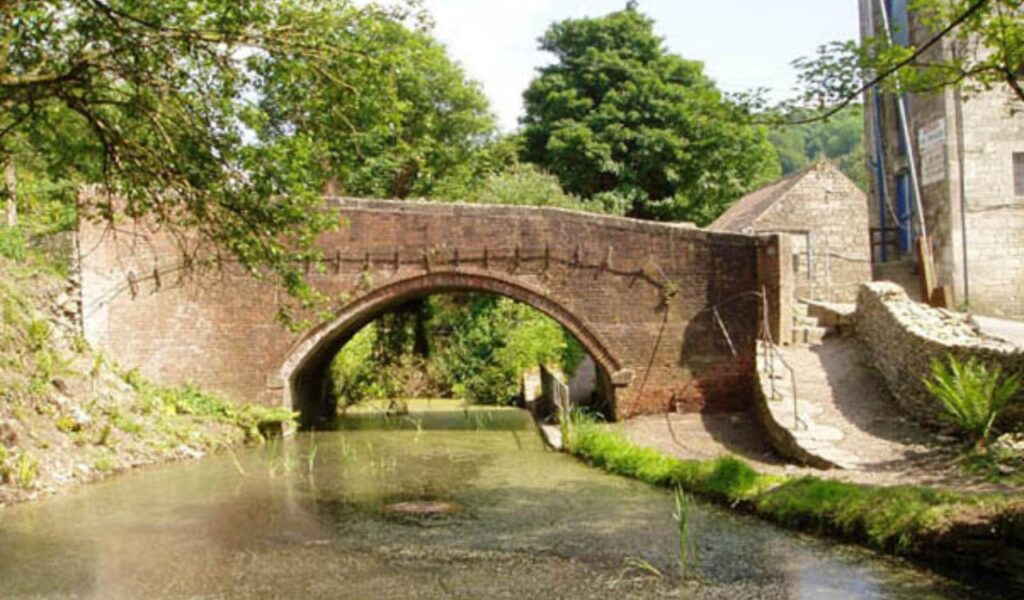
Opening in 1789, the Thames and Severn Canal created a connection between two of England’s major rivers. The canal provided traders with a faster and less expensive route than overland travel, making it easier to move coal, timber, and stone. This practical solution boosted trade and offered new commercial opportunities to communities in southern England.
Gloucester and Sharpness Canal
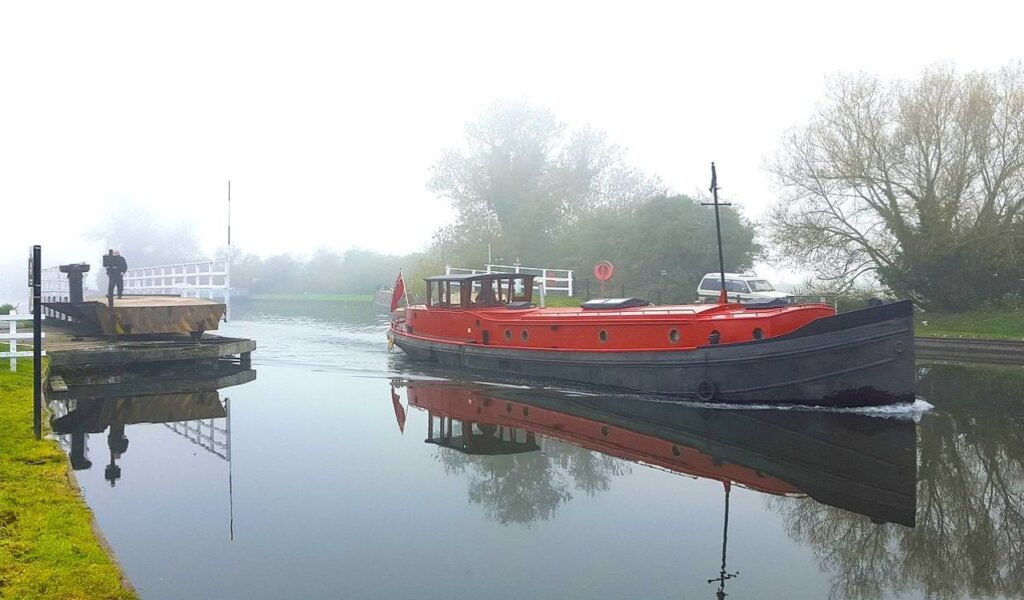
Completed in 1827, the Gloucester and Sharpness Canal became known for its impressive width and depth, enabling it to accommodate larger ships than most British inland waterways of the time. Its main purpose was to allow vessels to avoid the dangerous parts of the River Severn, offering factories a safer and more efficient route for cargo. The canal stands out as an engineering achievement that greatly benefited trade in western England.
Caledonian Canal
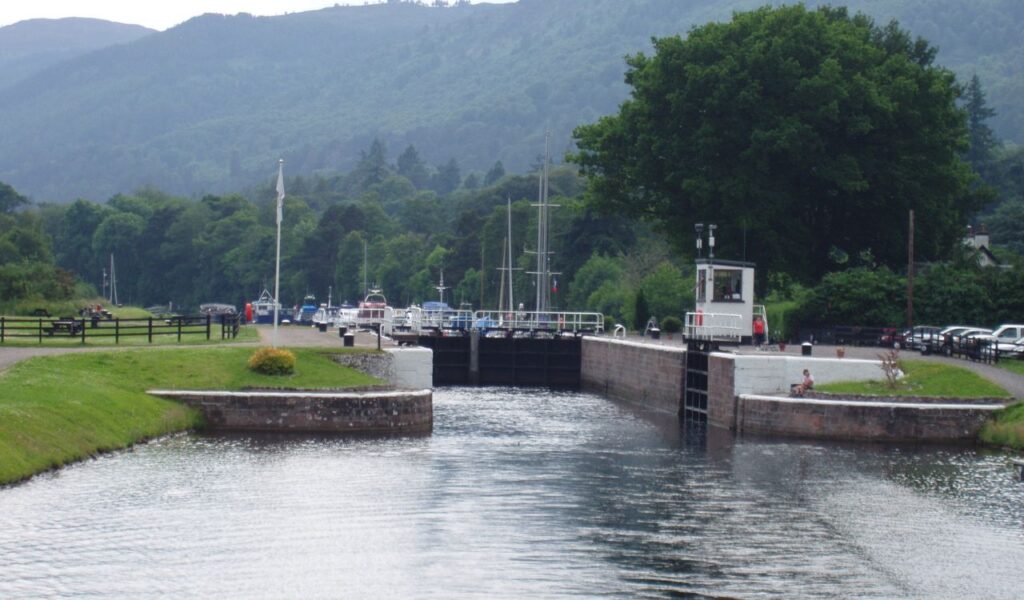
Constructed between 1803 and 1822, the Caledonian Canal runs through Scotland’s Great Glen, connecting a chain of lochs. It was designed to provide ships with a safer passage between the east and west coasts, allowing them to avoid the hazardous northern seas. Although the canal didn’t attract as much commercial traffic as originally hoped, it provided jobs during construction and still serves as both a working waterway and a testament to the engineering skills of its builders.
Manchester Ship Canal
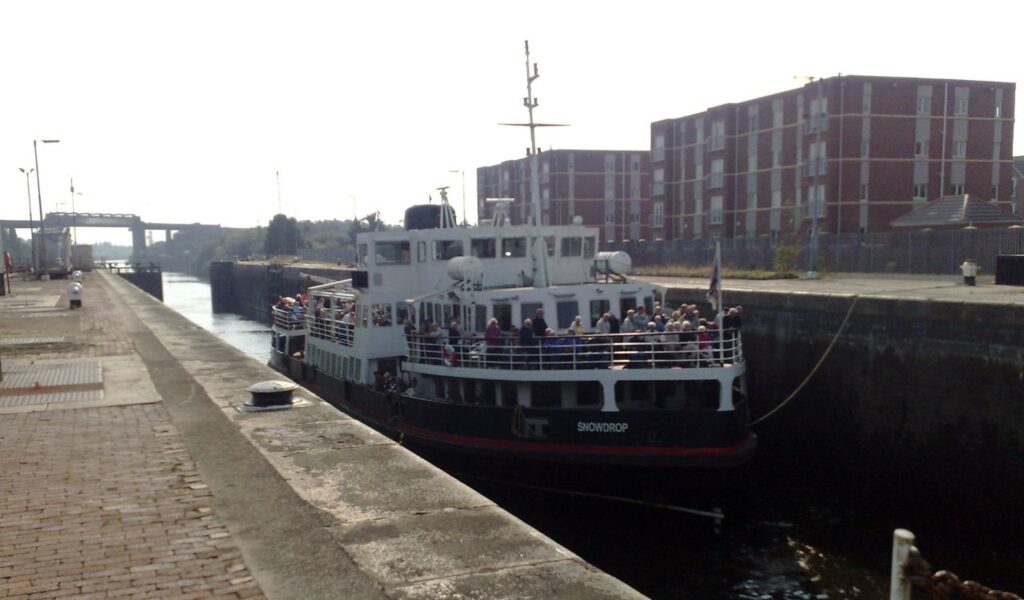
The Manchester Ship Canal, finished in 1894, stands as one of Victorian Britain’s most ambitious infrastructure projects. The 36-mile canal let ocean-going ships access Manchester directly, allowing them to bypass Liverpool’s expensive docks. This transformed Manchester into a seaport, reduced shipping costs, attracted new business, and further strengthened the city’s place as a major industrial center. The canal’s effects were felt locally and internationally, helping shape global trade connections.